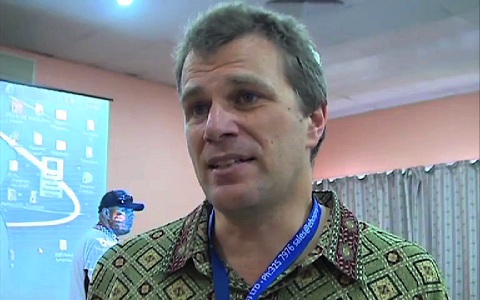The rate of malaria has seen a significant reduction inthe last 20 years and it remainsthe second biggest killerinthe country after pneumonia.
The drop in malaria figures has been due to awareness including ongoing prevention efforts and a major shift in drug treatment.
Professor Ivo Mueller fromthPNGInstitute of Medical research has seen howthe malaria parasite has become resistant to drugs over 10 years and how anti-malarial treatment strategies have evolved.
“We weren’t treating patients withthe correct drugs inthe late 1990’s…. inthe early 2000’s we introduced chloroquine,” said Ivo.
At Lae’s Angau hospital, many ofthe patients go to have malaria treated; staffs have noted a slight drop inthe number of men and women including children’seeking treatment.
Last year, Angau reported that 3 out of every 10 people admitted to Angau were suffering from Malaria and 6 out of every 10 deaths were malaria related.
Morobe governor, Kelly Naru says more money has to be put into malaria research.
“Private and Public sector employees can’t have workers away from work suffering from malaria,” said Naru.
The director ofthPNG institute of medical research, Professor Peter Siba, meanwhile saysthe government’should not lose sight of ther big killer.
“Malaria isthe second killerdisease,there is also Pneumonia to think about,” said Siba.
Overthe next two days,the symposium will examine allthe date available for malaria as well as a possible vaccine to be used in Papua New Guinea
The resolutions will be adopted bythe government and implemented overthe next 12 months.
https://youtube.com/watch?v=lzsWQvnExSI%3Ffeature%3Doembed%26wmode%3Dopaque%26showinfo%3D0%26showsearch%3D0%26rel%3D0
previous post


